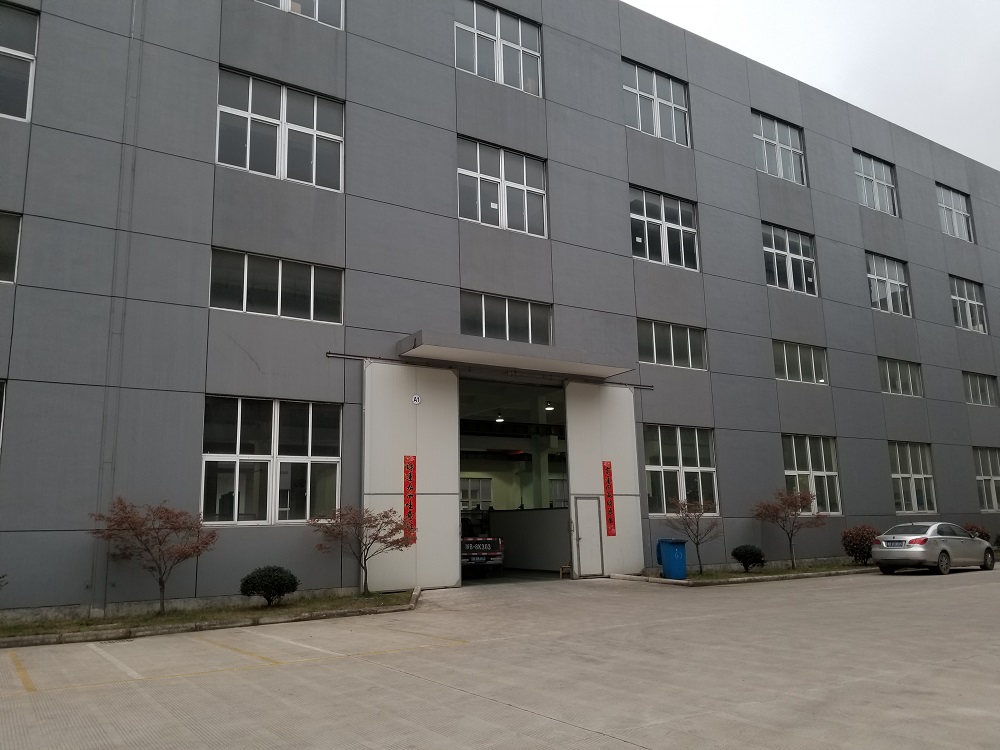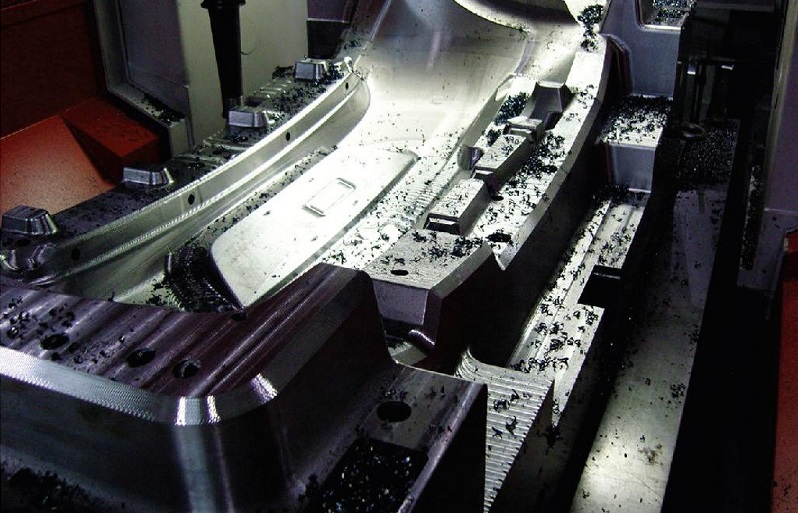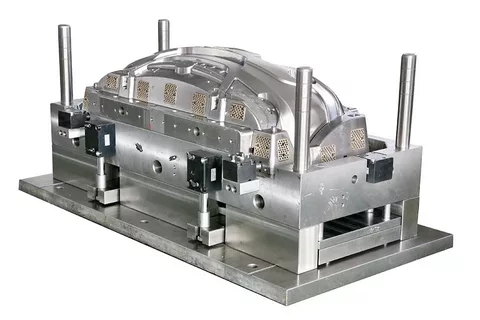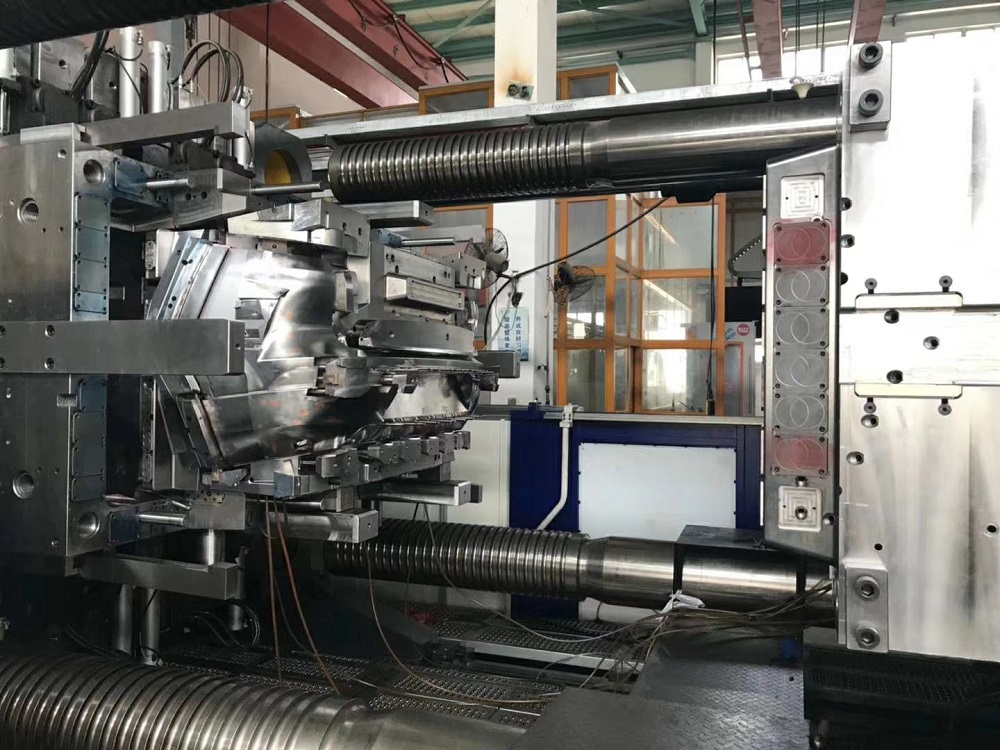Multi metal sulfide ores Ore primarily copper, lead, zinc and sulfur. Lead ore or zinc ore of a single metal in nature is rare. Commonly used are lead-zinc, copper-zinc, copper-lead-zinc, lead-zinc-sulfur, copper-lead-zinc-sulfur symbiotic ore. These ores contain more or less pyrite or pyrrhotite. The task of sorting polymetallic sulphide ore is to obtain copper, lead and zinc concentrates respectively, and when the content of iron sulphide is high, it is necessary to obtain sulphur concentrate. When gold or silver and other associated elements are contained in the ore, recycling must be considered. 1. The floatability of lead-zinc sulfide minerals The sulfide minerals of lead are mainly galena, and the sulfide minerals of zinc are mainly sphalerite. Galena (PbS, lead 86.6%) - brittle, fresh surface is hydrophobic, easy to float when not oxidized, and floatable after oxidation. Typical collector is a xanthate or black powder, is typically heavy chromate inhibitor, it can not be suppressed oxides. Sodium sulfide is sensitive to the floatability of the lead ore, and the presence of excess sulfur ions can inhibit the flotation of galena. Sphalerite (ZnS, pure zinc blende containing 67.1%) - very few pure zinc blends in nature, common yellow or black sphalerite variants - iron flash ore, iron content of 0% to 20%, The higher the iron content, the darker the color. Sphalerite also often contains elements such as copper and cadmium , containing up to 2% copper and cadmium up to 1.0% to 1.5%. These elements exist in the lattice in the form of isomorphic exchanges, and some exist in very fine inclusions. Sphalerite is the most difficult to float sulfide mineral. Natural flash ore is more or less activated by copper or other ions in the deposit. Some heavy metal salts such as mercury , copper, silver, lead, cadmium, etc., can activate the flotation of sphalerite. Due to the different impurity content, the sphalerite floatability varies greatly. A commonly used activator is copper sulfate. Cyanide can strongly inhibit sphalerite. Zinc sulfate, sulfite, thiosulfate, sodium sulfide, etc. can all inhibit the flotation of sphalerite. Second, the separation method and the pharmaceutical system The main problems to be solved in the flotation of polymetallic sulphide ore are: lead-zinc separation, copper-zinc separation, copper-lead separation, and separation of iron sulphide when containing iron sulfide. Separation of sulfide minerals from gangue minerals is usually not very difficult. (a) lead-zinc separation When flocculating lead-zinc ore with samarium-based collectors, almost all of them adopt the scheme of suppressing zinc and floating lead. The scheme of suppressing lead and floating zinc is rarely used, and it is only used as lead removal of zinc concentrate or dezincification of lead concentrate. There are two types of methods for inhibiting sphalerite: cyanide and non-cyanide. 1, cyanide method - cyanide often with other agents, such as zinc sulfate, can reduce the amount of cyanide, but also strengthen the inhibition. Cyanide inhibition of sphalerite can lead to better separation of lead-zinc separation, and the process is easier to control. However, because cyanide is toxic and dissolves gold and silver, it has gradually been replaced by a cyanide-free process. 2. Non-cyanide (cyanide-free process) method - The main inhibitors of this method are sulfurous acid, sodium sulfite, sulfur dioxide gas and sodium thiosulfate. It can also be used in combination with zinc sulfate. Such agents are non-toxic and the suppressed sphalerite is easily reactivated. When the lead-zinc ore is sorted, the grinding grain size may be slightly coarser, the pulp pH value is low, and the separation system is simple. For ore with higher sulfur content, the grinding grain size is generally finer, and the pulp pH is higher. (2) Zinc-sulfur separation Zinc-sulfur separation generally uses lime to inhibit iron sulfide. When pH=10~12 or even higher, the zinc oxide is activated by copper sulfate and collected by xanthate. It is also possible to raise the temperature to make the surface of the zinc blende and the iron sulfide different in oxidation, and to suppress the iron sulfide by heating. After the mixed concentrate is heated and aerated, the surface of the iron sulfide is oxidized and the floatability is reduced, while the sphalerite is not affected when the temperature is lower than 65°. After the temperature, the recovery rate of the sphalerite is also decreased. . (3) Copper-zinc separation Copper-zinc separation is currently a problem, and the reasons are many and complicated, and the pharmaceutical system is difficult to control. At present, copper-zinc separation mainly uses zinc-suppressed copper or zinc-suppressed copper or sulfur such as zinc sulfate, sodium sulfite and sodium sulfide, and then copper-sulfur separation. (4) Copper-lead separation Copper and lead in copper and lead sulfide ore are often in the form of galena and chalcopyrite. They are similar in floatability. Usually, copper-lead mixed concentrate is obtained first and further separated. The separation scheme should pay attention to the following aspects: 1. For galena that has not been activated or surface oxidized, it can be inhibited by dichromate and sulfite, but it has a poor inhibitory effect on galena which has been activated by copper ions. The chalcopyrite can be inhibited by sodium sulfide, and the chalcopyrite and the porphyrite are inhibited by cyanide. 2. When the copper content is large, the lead-free copper should be mainly used; 3. Try to choose a cyanide-free and chromium-free process to reduce environmental pollution. (5) De-peeling of mixed concentrate Separation of mixed concentrates is often difficult because the mixed concentrate contains excess chemicals. Removal of these agents prior to separation can significantly improve the separation. The commonly used methods for drug removal in China are as follows: 1 Concentrate of mixed concentrate, concentrated overflow and discard, and the bottom stream is added with water and then floated; or concentrated, filtered, and then added with water and then floated; 2 Concentrated concentrate, concentrated product regrind To scrub the mineral surface and then separate the flotation; 3 to desorb the mineral surface collector film with sodium sulfide, then concentrate and filter to remove the agent and float; 4 use activated carbon to adsorb excess agent in the slurry, this is a A simple and effective method is widely used. Third, the development trend of domestic polymetallic sulfide ore flotation (1) Lead-zinc ore generally adopts the preferential flotation process. (2) Lead-zinc-sulfur ore flotation type: 1 lead-zinc-sulfur preferential flotation; 2 lead-zinc-sulfur mixed flotation, lead-zinc-sulfur separation and flotation after mixed concentrate re-grinding; Lead-sulfur mixed sorting, zinc preferential flotation, mixed concentrate and lead-sulfur separation flotation; 4 lead preferential flotation, zinc-sulfur mixed sorting, re-zinc-sulfur separation flotation; 5 lead and easy floating zinc mixed selection It is difficult to float zinc and sulfur mixed, and then separate flotation. The flotation process and types of lead-zinc-sulfur ore are mainly due to the large difference in floatability between sphalerite and iron sulfide minerals in the ore. When there is a sphalerite which is easy to float and difficult to float in the ore. When the iron sulfide in the ore is good in floatability, the preferential flotation process should generally be adopted along the activation. (3) Copper-lead-zinc ore or copper-lead-zinc-sulfur ore flotation process; copper-lead mixed selection is more common now, zinc and sulfur are preferred in the future; copper-lead-zinc mixed selection in individual plants, Later, copper is separated from lead and zinc, and lead and zinc are separated. In some plants, lead-copper-zinc-sulfur mixed mixing is used. After mixing and grinding, copper-lead-zinc is separated from sulfur, copper is separated from lead and zinc, and finally lead and zinc are separated. The concentrate is sent to the smelting plant for processing.
Plastic car exterior parts refer to front and rear bumper moulds, fog lamp moulds, and grilles and all plastic accessories, are requesting high quality with hardened steel 1.2738 or Finkl P20 hard steel in order to guarantee specified mould life such as 1000000shots. Plastic injection material is PP or ABS as per customer's requirement. Ceeto company has skilled design engineering team who is able to design plastic car bumper moulds as per part geometry, bumper mould design will be first considered hidden parting line or visible parting line according to DFM analysis and moldflow report.
Technical information for Car front bumper and rear bumper mould
Ceeto Service Scope to manufacture car bumper mould
Plastic Car Front Bumper and rear bumper mould test
Before we ship bumper mould to you, we will have bumper mould buy-off in house together with you, and we must make official at least three mould tryouts and 2000 empty cycle for mould to check if mould function is ok in a certain time.
Normally, you and we attend the validation procedure together and sign off after checking. What we are checking usually are as follows:
Plastic car bumper mould material and heat treatment
What we will also inspect mould material and heart treatment as follows:
We warmly welcome you to visit us and send us RFQ, we want to be your part of suppliers and we will do our utmost efforts to make high quality of moulds and products, if you have any doubts about technical points, please don't hesitate to let us know, we are looking forward to hearing from you, thanks a lot.
Automotive Exterior Plastic Injection Mould Automotive Exterior Plastic Injection Mould,Injection Molding Automotive Parts,Plastic Car Front Bumper,Plastic Car Rear Bumper Zhejiang Ceeto Molding Technology Co.,Ltd. , https://www.ceetomold.com





